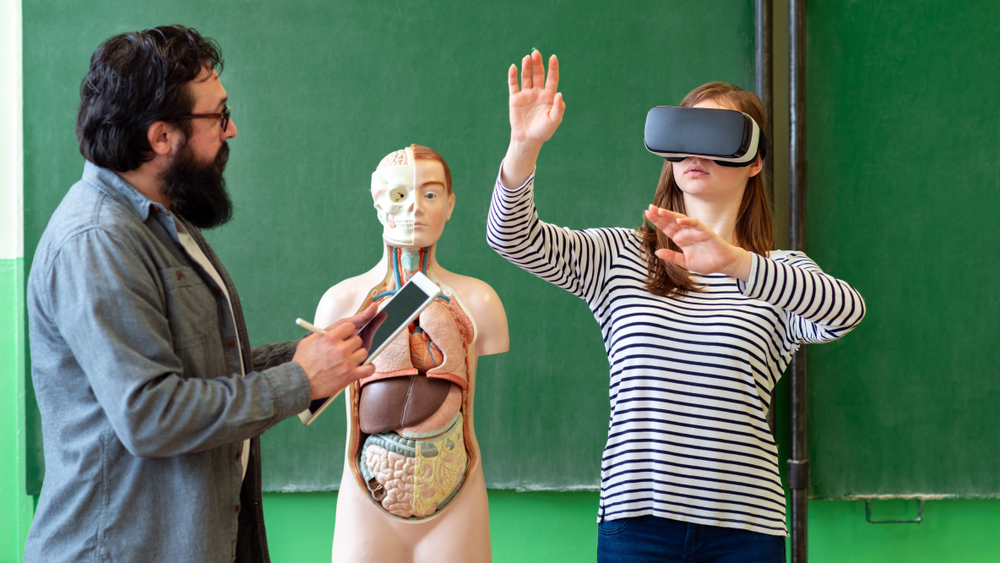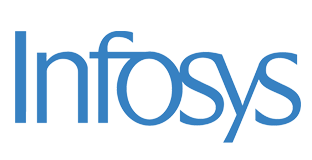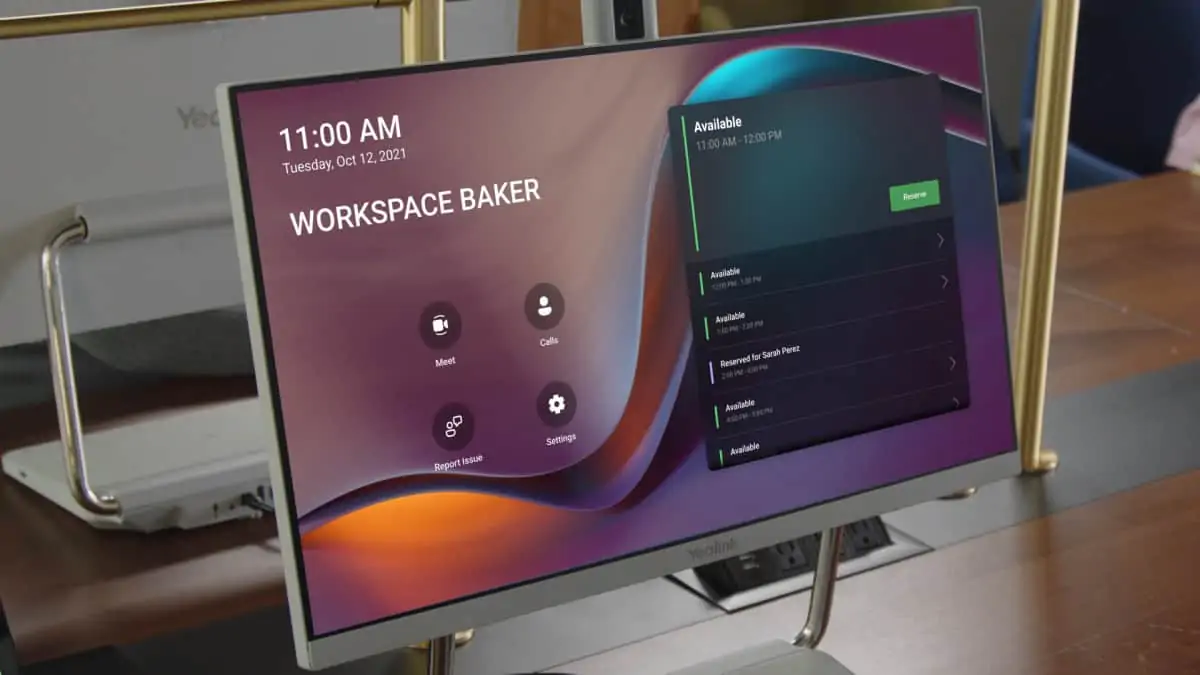Virtual reality (VR) is no longer just a concept of science fiction. It has become a technology that is widely accessible to the general public. As VR continues to gain popularity, it has made its way into classrooms, changing the way students learn and understand the world around them. In this article, we will discuss the benefits of VR in education and how it can be utilized in the classroom.
One of the most significant advantages of VR in education is the ability to simulate situations that would be difficult or impossible to replicate in real life. For example, students can experience historic events, go on virtual field trips, and even explore distant parts of the world, all without leaving the classroom. This provides students with a level of engagement that traditional methods of learning cannot match.
Moreover, VR also promotes active learning. In a traditional classroom, students might only learn by listening to lectures and taking notes. However, with VR, students can become fully immersed in the learning experience. They can interact with objects and scenarios in a way that makes learning more enjoyable and meaningful. This hands-on approach can help students retain information better, leading to improved academic performance.
VR can also be used to train students for future careers. For instance, medical students can use VR to simulate surgeries, while engineering students can use it to design and test prototypes. This technology can also be used to train pilots, firefighters, and other professionals who require practical training but may not have access to real-world situations.













